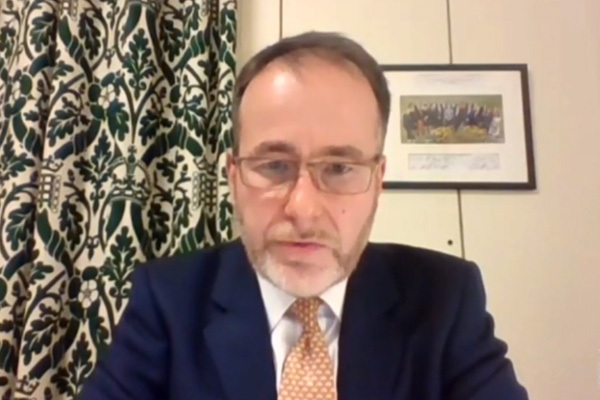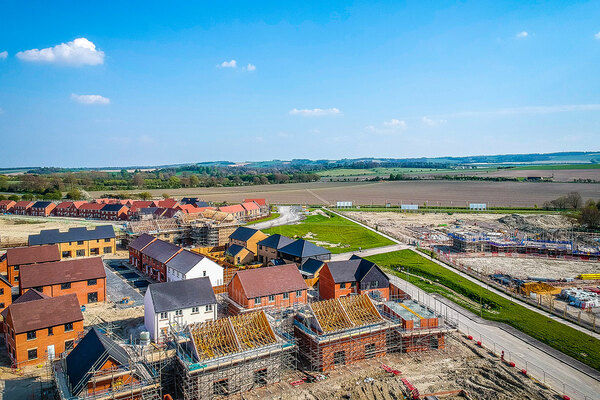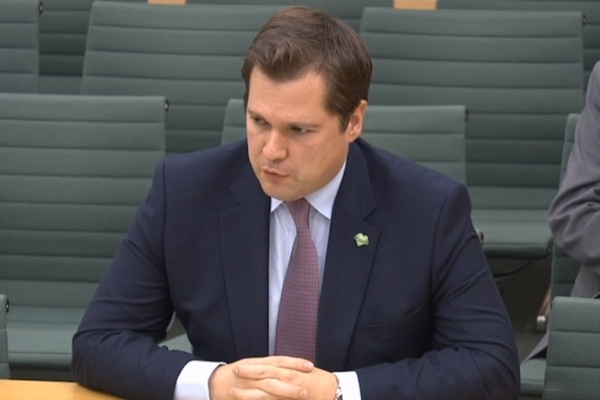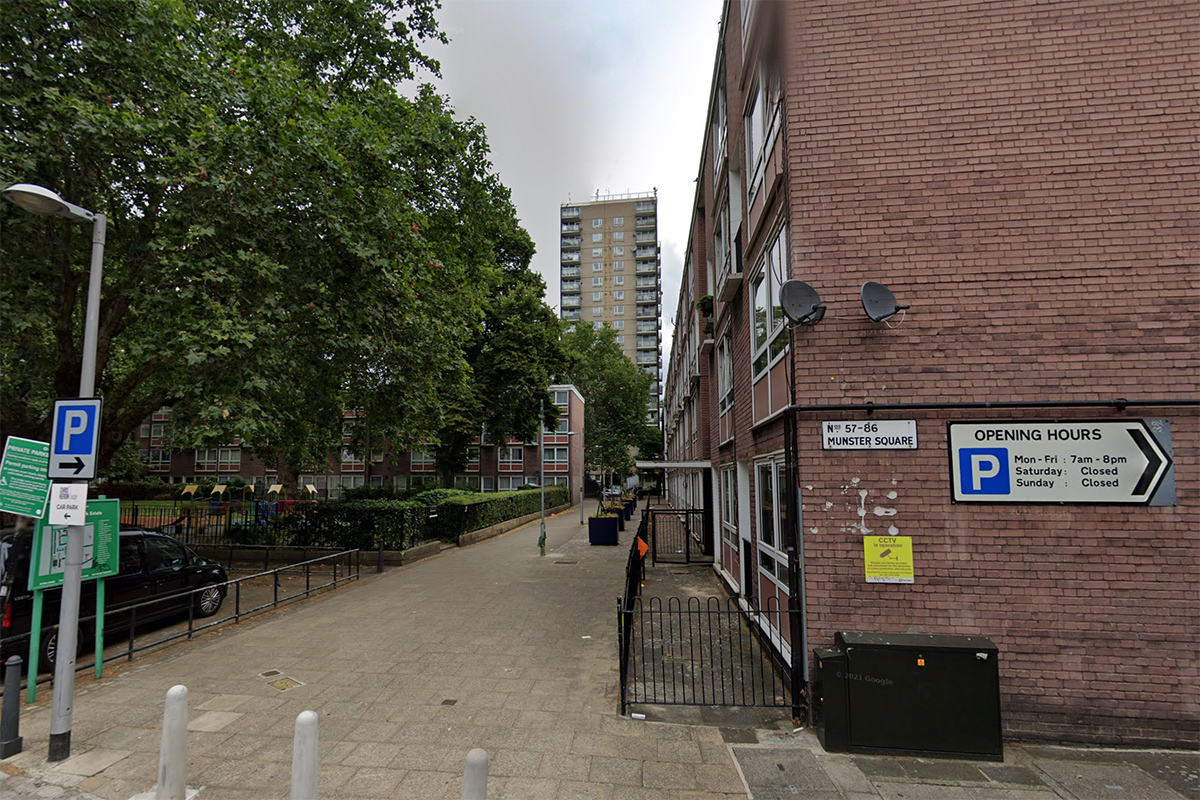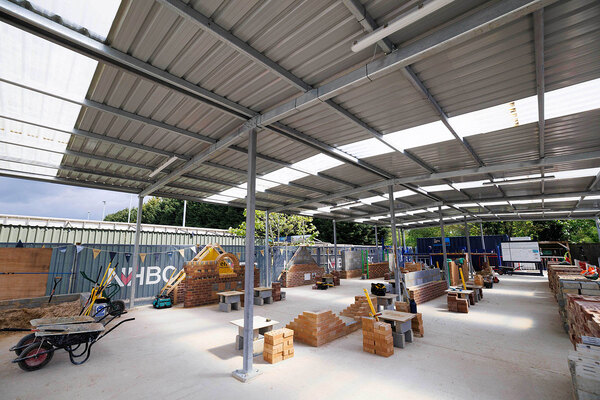You are viewing 1 of your 1 free articles
Raising of Section 106 threshold to be ‘kept under review’, says Pincher
Plans to raise the threshold at which developers must contribute affordable housing will be kept under review, the housing minister has said.
Appearing before the Housing, Communities and Local Government Select Committee yesterday evening, Christopher Pincher said he will review how plans to make sites of 40 or 50 homes exempt from Section 106 agreements would impact affordable housing provision.
Section 106 agreements are agreed between developers and local authorities and usually involve the former either providing a certain proportion of affordable housing on site or an equivalent financial contribution.
They were previously required on sites as small as 10 homes.
Statistics released by the government last week showed that Section 106 funded 52% of all affordable housing delivery in 2019/20, up from 49% the previous year.
Mr Pincher said: “Our view was that in the present crisis it’s better to have some building than none – we wanted to make sure SMEs can build on smaller plots of land. They can often build out much more quickly and effectively.
“We will have to keep that increase under review. We have committed to do that to see the effect it has on affordable homes.
“But it is much more sensible to temporarily change the system so that homes are built rather than none at all.”
A consultation on the plans was published in August 2020, with the government’s own estimates predicting the number of Section 106 homes built will drop by up to 20% if the threshold was raised to 50 homes.
The Local Government Association has claimed the policy would have led to 30,000 fewer affordable homes being built over the past five years had it been in place over that period.
Mr Pincher said the government’s plan to replace Section 106 and Community Infrastructure Levy (CIL) charges with a national Infrastructure Levy “should accrue more funds to the local exchequer which should in turn mean more infrastructure including affordable homes can be built”.
The minister said this is because the Infrastructure Levy will levy land based on its final development value.
In the Planning White Paper, also published in August, the government claimed the new system would deliver at least as much affordable housing as is currently provided.
But some housing sector bodies expect the levy to lead to a reduction in new affordable housing supply.
At the select committee hearing, Mr Pincher also defended the government’s recent expansion of permitted development rights, arguing that it represents a “key component” in the reinvention of city centres.
Sign up for our daily newsletter
Already have an account? Click here to manage your newsletters
